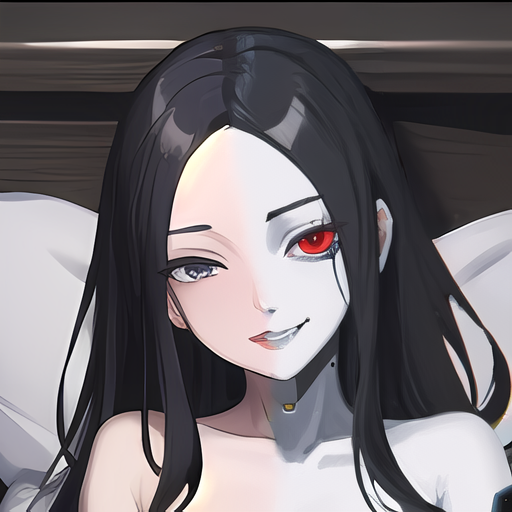

OK, I tried it via the maintained fork here, and it does something, but it doesn’t really let you zero out a LoRa. Here is the model not understanding my prompt at all and drawing garbage, and then here it is when I increase the LoRa weight in the prompt from zero and it draws something different. In both cases I am using the extension to tell the LoRa not to come in until step 21 of my 20 step run. In both cases I told the extension to plot the LoRa weight it thinks it is using, and it was 0 at all steps. But clearly having the LoRa in there did something even when it was supposed to be at weight 0.

I wrote out the prompt with variables in it, so I could change the variables or get them automatically filled in by randomly picking from lists. See https://github.com/adieyal/sd-dynamic-prompts#combinatorial-generation and the part about variables in the extension’s help.
But the real thing that gives the images structure is the regional prompter extension, which interprets the
ADDROW/ADDCOLstuff and makes the one thing be on one side of the image and the other thing be on the other side, by doing different parts of the image with different prompts in the same generation.